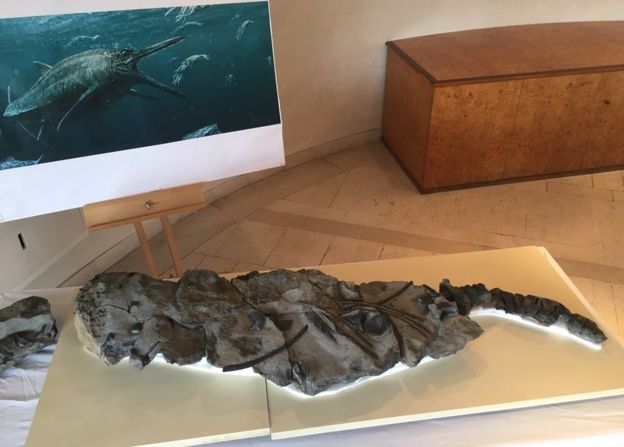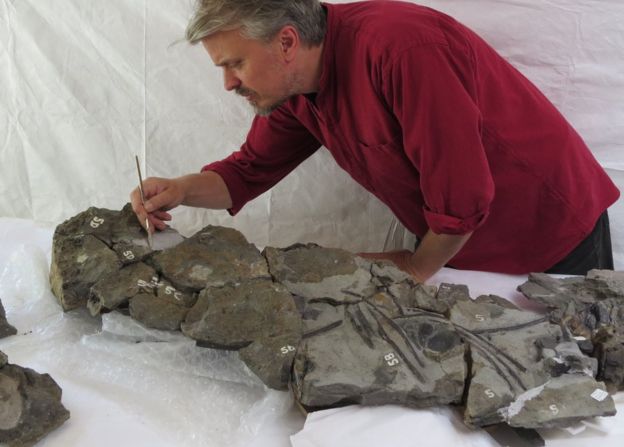The Humpback Posse
"[They (Humpback whales) were] taking shots essentially, taking swings at these transient orcas."
"[Those watching heard the humpbacks] trumpeting like we have never heard [sounding like ferocious wild elephants]."
"This was a heavyweight division going against a lightweight and the heavy-weights won."
"We've got all of these whales recolonizing the Salish Sea after a half-century not being here and we've got record numbers of transient killer whales. So we've got two species that are recolonizing an area, and this might be a turf war."
Michael Harris, executive director, Pacific Whale Watch Association, Victoria, British Columbia
"This is the first time I've ever seen anything like this [two oceanic species in physical conflict at close range]."
"I explained to the guests how rare this kind of interaction is. [The humpbacks'] predator is the orca and they didn't run away. They actually came to the aid of another mammal."
"So they all went to their neutral corners, if you will."
Captain Russ Nicks, B.C. Whale Tours, Victoria, British Columbia
"I probably wouldn't have believed the story if I wasn't there."
Captain Shane Aggergaard, Port Angeles Whale Watch Co., Olympia, Washington
 |
| Image: Pacific Whale Watch Association |
An unusual drama took place recently off the coast of southwestern British Columbia, that doubtless takes place on many an occasion out at sea where there are no human witnesses to marvel at the phenomenon of two species of large ocean-dwelling mammals coming head-to-head over territorial aggression and hunting for prey. In this instance the conflict had a surprising other source, when humpback whales came across a scenario that offended their sense of -- what? fair play?
Whale-watching operators in the Salish Sea on September 11 witnessed four humpbacks form a protective cordon around a Stellar sea lion, that was being attacked by orcas. The humpbacks were observed slapping their pectoral fins and flukes in a warning of counter-assault should the orcas persist. Captain Nicks collected his passengers, explaining to them as they watched the drama, what was occurring before their eyes.
What was happening was that the humpbacks, one after another, dove and slashed at the orcas. This was a repetitive assault that continued for forty minutes. Finally the orcas retreated. The humpbacks have no sharp teeth, but they do have the advantage of size, weighing between 40 and 50 tons. Once the orcas had retreated, and the sea lion was no longer threatened by the predators, the animal was given a personal escort by the humpbacks to safety.
A study published in the Journal of Marine Mammal Science established that humpback whales will defend other marine species from orca attacks. Seals, sea lions and grey whale calves have all been beneficiaries of the protective auspices of the humpbacks, seemingly obeying some altruistic instinct to be of aid in rescuing creatures they share the ocean with from certain death by carnivorous predators.
Two researchers from Cascadia Research Collective from Olympia, Washington just happened to be in the close vicinity on a boat belonging to the Port Angeles Whale Watch Co. and they were witness to the unfolding scenario. The whale-watch operators had previous familiarity with two of the humpbacks. Waters off British Columbia and Washington state are now known as the "humpback comeback" for the amazing resurgence of the once-threatened species.
Marine mammal scientists now have been presented with the opportunity to study the species which fifty years ago were on the verge of extinction. When whale hunting was banned in 1966 there were about 1,600 of the creatures in the eastern North Pacific. At the present time, over 21,000 humpbacks roam the ocean. An immense grouping of 60 humpbacks was reported off Sooke, British Columbia in mid-September.
A clash between a pod of transient killer whales and two adult humpback whales and a calf was reported near Jordan River, British Columbia, in August. According to the Pacific Whale Watch Association, "an epic tussle never seen before by most whale-watchers in this region", occurred and was witnessed and recorded.
 |
Labels: Animal Stories, British Columbia





























